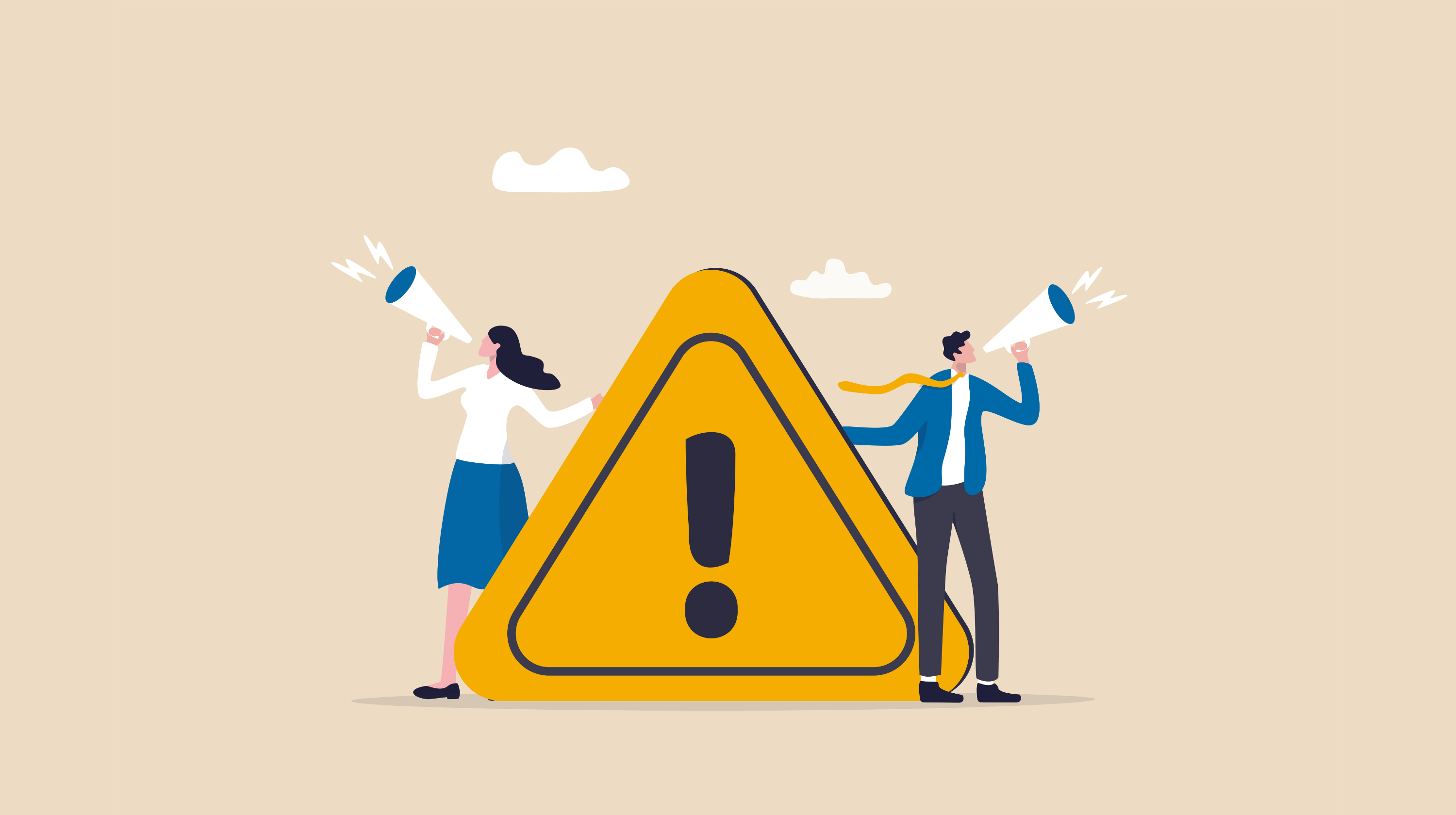When you're talking about websites, the word-to-picture ratio is especially potent. Can you imagine going to a website where they expected you to read everything to understand what was going on? No one's got time for that. However, use a few quick pictures or a short video, and you can do such varied things as get someone to sign a petition or buy a new vacuum cleaner attachment.
This is all just to say that images on your website are important. Really, really important. However, it's just as important to not go overboard with them. People (and search engines) do need some actual words to understand what it is you want them to do.
How to use images
To better understand this balance, let's look at a few guiding principles for including pictures and videos:
Use images to create an impact

You can look at this in two ways. Either, use images and videos only where they're going to really do some work; or, don't dilute their power by inundating your site with them. Think of how powerful it could be to show an uncluttered page with a woman sitting on a hill peacefully smiling, clear skies behind her. Now, imagine that same web page with 10 similarly-styled photos. Images are wonderful, until they become distracting.
Show instead of tell
If it would take a thousand words to explain something, showing it is better. This is especially true of product shots and video demonstrations. You can write a novel about an icy blue hand-crafted Italian shirt made from the world's finest cotton fibers. Or, you could show visitors a few hand-picked, well-lit shots of one and really make them want it.
Videos and images work best when used in conjunction with compelling copy.
Returning to the shirt example, some details don't translate well strictly with images — the shirt might look wonderful, but when you describe the fabric as silky and luxurious, you're doing something images alone can't.
Getting images (and videos) for your site
Once you think you have an idea of which visuals you want, actually getting them might seem like a daunting task. You've got a number of options:
Take them yourself

You likely have a tiny, always-connected-to-the-Internet computer you carry around in your pocket — you call it a smartphone —and not only does it do email and web browsing, it also takes wonderful photos and videos. So wonderful, in fact, that some phones are among the most popular cameras used on the Internet.
So, if you need to snap a few shots of a product or make a video, you already have a tool you can use. Just adjust the lighting, be aware of the background you're using, and snap away. When you're done, you can edit them using an online editor or an application like Adobe Photoshop.
Hire a professional

While you don't have to hire someone to take good-looking pictures and videos for your website, it doesn't hurt. Just like you typically hire a mechanic to work on your car, having an expert photographer or videographer can make things easier (albeit more expensive).
Find stock photography
There are a lot of sites that sell already-shot, professional photography. Most of these are well done and come at a cost lower than having a photographer do work for you. They do run the risk, though, of being used by other websites or not being exactly what you're looking for.
Unfortunately, this doesn't work very well (or at all) if you're looking for video.
No matter how you decide to take them, it's an important decision to consider. Choosing the right pictures and video, and implementing them well, can make your site much more engaging, persuasive and effective.





